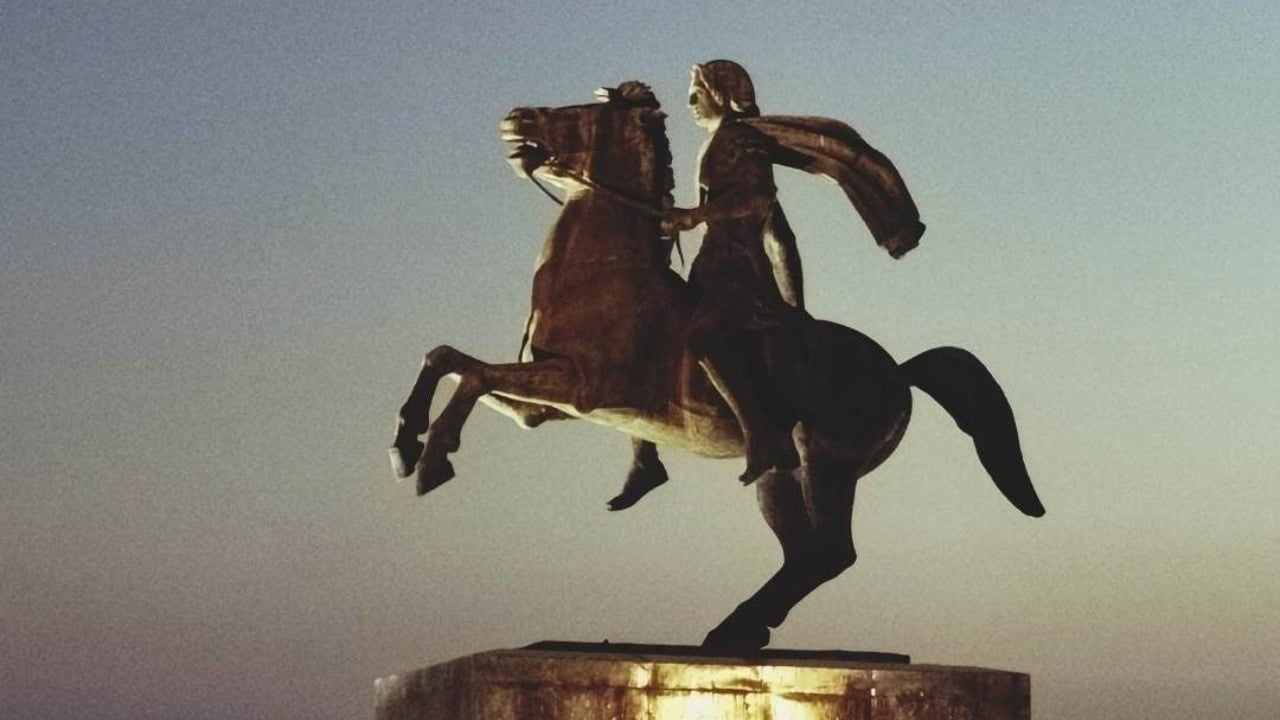
The Argead Dynasty was the Macedonian royal house and family of Alexander the Great who ruled the kingdom of Macedon from the 7th century to 310 BC.
Under Argead rule, Macedon flourished and eventually became the preeminent power on the Greek peninsula. Philip II reformed the Macedonian army and significantly enlarged the kingdom’s territories.
Under the rule of his son, Alexander III, Macedonian power reached its greatest extent. Alexander conquered the Achaemenid Persian Empire and established Macedon as an ancient superpower that ruled over a vast territory stretching over parts of Europe, North Africa, and Asia.
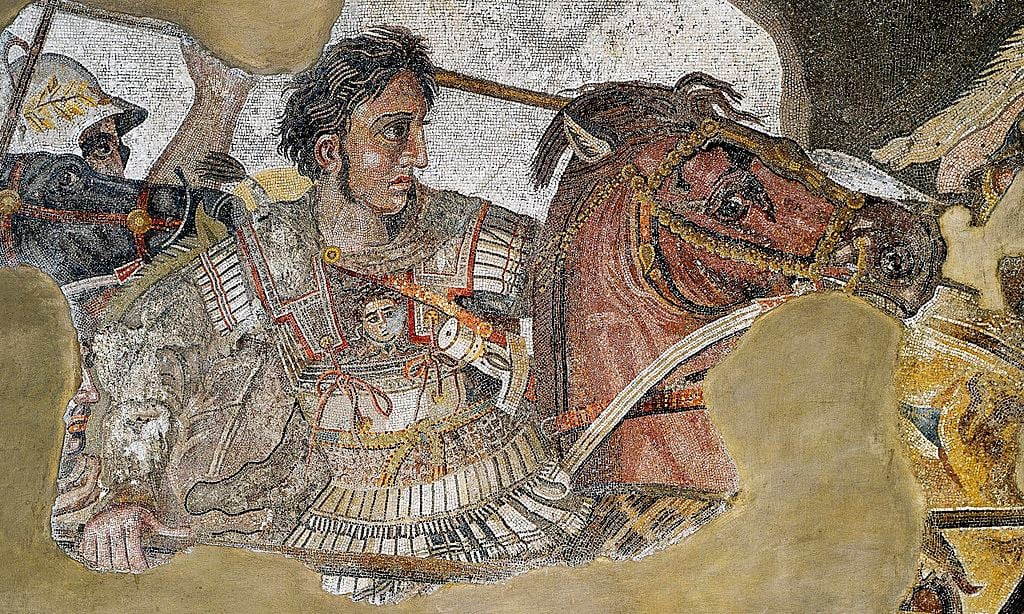
Origins and early rule of the Argead Dynasty
The words Argead and Argive originate from the Greek term Ἀργεῖος (Argeios), meaning “of or from Argos.” This term is first found in Homer, where it was employed as a collective label for the Greeks, referred to as “Ἀργείων Δαναῶν” or Argive Danaans. The Argead Dynasty claimed descent from the Temenids of Argos, located in the Peloponnese. Their legendary ancestor was Temenus, who was the great-great-grandson of Heracles.
The ancient Greeks themselves did not entirely agree regarding the origins of the Argeads. As was often the case concerning the roots of royal lineages and cities in Greece, the lines between history and mythology were blurred.
In Thucydides’ account in his work The History of the Peloponnesian War, the Argeads, initially of Temenid lineage hailing from Argos, migrated from the highlands to Lower Macedonia. During their journey, they ousted the Pierians from Pieria and secured a limited expanse of land in Paionia that stretched along the Axios River to encompass Pella and reach the coastline. Additionally, they expanded their domain to include Mygdonia by displacing the Edoni, Eordians, and Almopians.
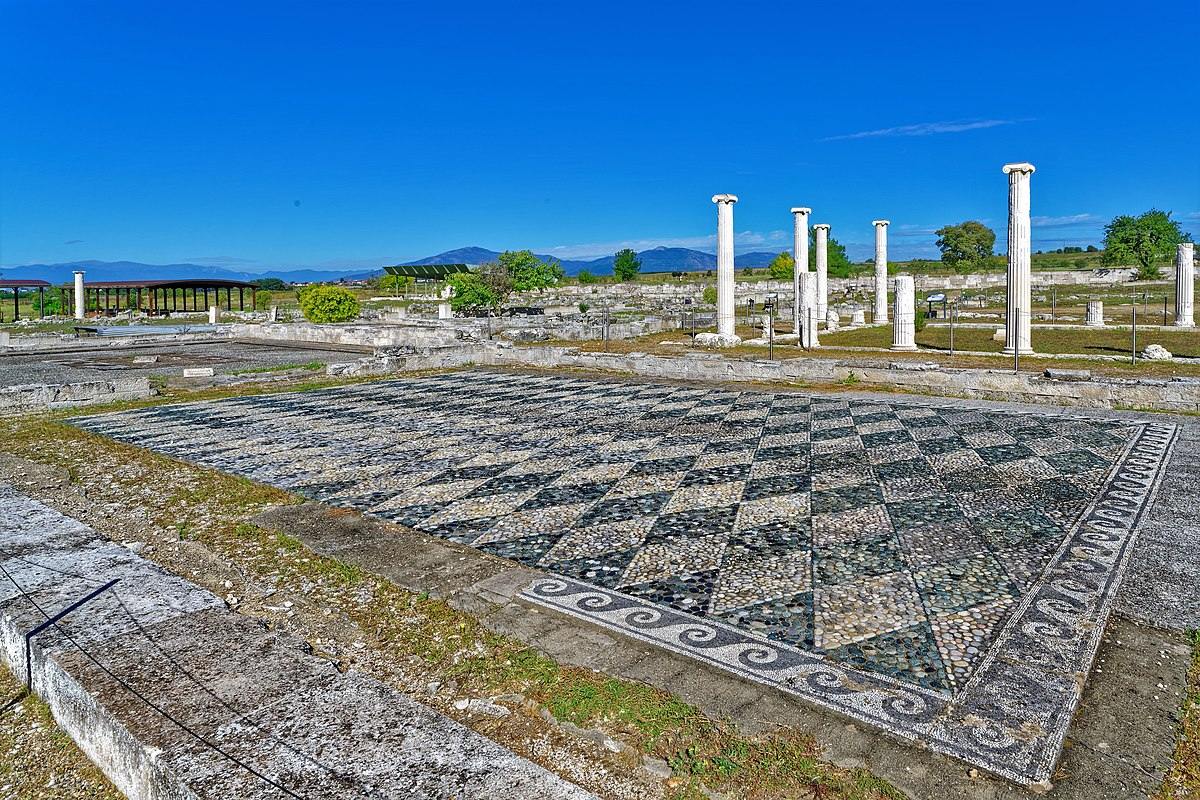
According to the ancient Greek historian Theopompus, the first Argead king of Macedon was Karanos (Greek: Κάρανος), although it is unclear whether Karanos was an actual historical figure or an invention of mythology.
According to Greek myth, Karanos, a descendant of Heracles through his father Temenus, a Heraclid from Argos, sought his own kingdom after a dispute over the kingship following Temenus’ death. Karanos received advice from the Oracle of Delphi, which led him northward in search of a suitable land for his kingdom. He discovered a fertile valley abundant with game and goats, fulfilling the Oracle’s prophecy. There, he founded the city of Aigai (present-day Vergina), known for significant archaeological discoveries. Plutarch, an ancient Greek historian and philosopher, was the main proponent of this theory and supported Caranus’ Heraclid lineage and linked Alexander the Great to Heracles through Karanos.
On the other hand, Herodotus and Thucydides, writing in the 5th century BC, documented Perdiccas as the inaugural king of Macedonia. According to the theory of British historian Nicholas Hammond, Perdiccas is estimated to have reigned circa 653 BC.

Philip II
Philip II of Macedon, a pivotal figure in the Argead Dynasty, rose to power in 359 BC and left an indelible mark on Macedonian and Hellenistic history. His life was marked by remarkable political achievements, military conquests, and groundbreaking military reforms that laid the foundation for his son, Alexander the Great.
Born in 382 BC, Philip was the youngest son of King Amyntas III of Macedon. He faced a turbulent childhood, which included years of exile, but he eventually ascended to the throne in 359 BC after the assassination of his nephew, King Perdiccas III. Philip’s ascent marked the beginning of a new era for Macedon.
Philip’s early years as king were fraught with challenges, including threats from neighboring tribes and internal dissent. However, he skillfully navigated these obstacles through diplomacy, military strategy, and political maneuvering. He formed alliances, quelled revolts, and expanded his influence over the Macedonian nobility. Through these efforts, he solidified his control over Macedon and transformed it into a formidable regional power.
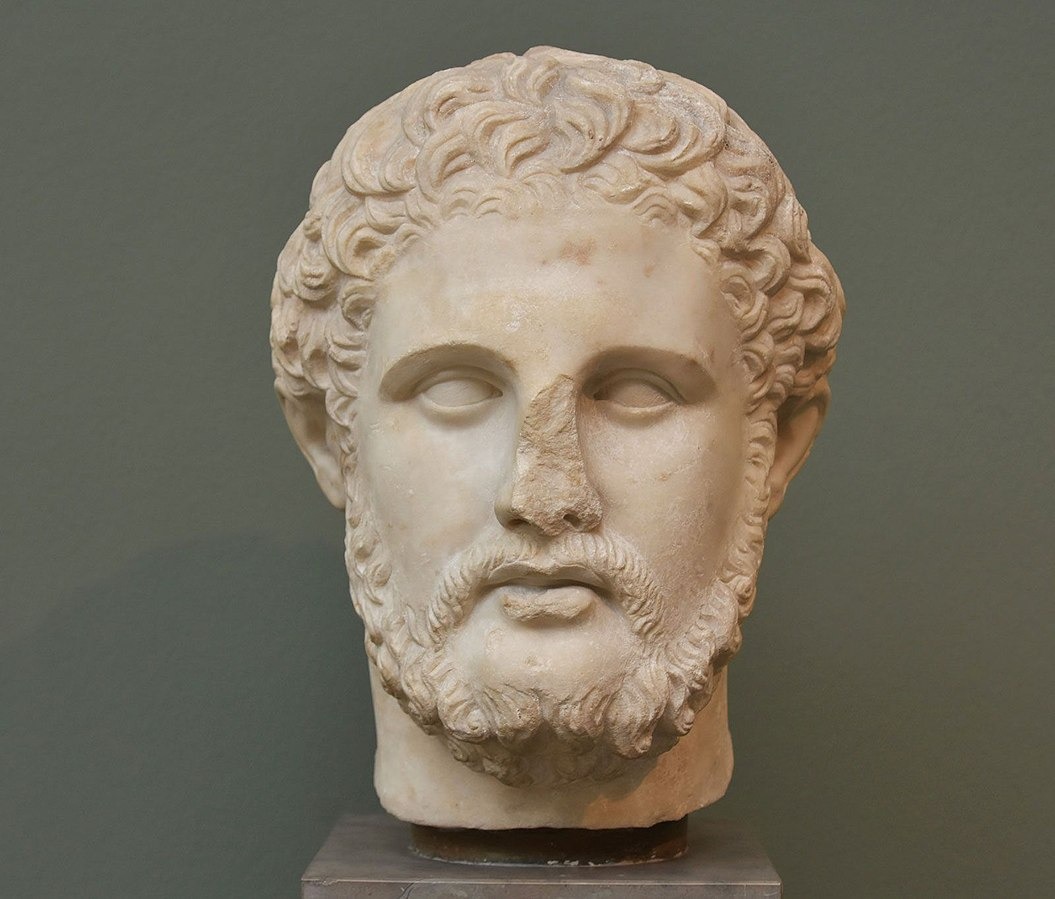
One of Philip’s most significant contributions was his revolutionary military reform. Recognizing the weaknesses of the traditional Macedonian phalanx, he introduced critical changes. He equipped his army with the sarissa, a long pike that gave the Macedonian infantry superior reach and formation depth. This innovation made the Macedonian army one of the most formidable fighting forces in the ancient world. Additionally, Philip professionalized his army, ensuring that soldiers received regular training and payment, instilling discipline and loyalty.
Philip’s military reforms laid the groundwork for his successful military campaigns. He aimed to expand Macedonian territory and exert control over the Greek city-states. His most notable achievement was the defeat of the combined Greek forces at the Battle of Chaeronea in 338 BC. This victory brought most of Greece under his hegemony, establishing the League of Corinth and promoting the concept of a united Greece under Macedonian leadership.
Philip also embarked on campaigns to secure his northern borders, conquering territories in Thrace and Illyria. His ultimate goal was to invade Persia, a plan passed on to his son, Alexander the Great, who would go on to fulfill this ambition.
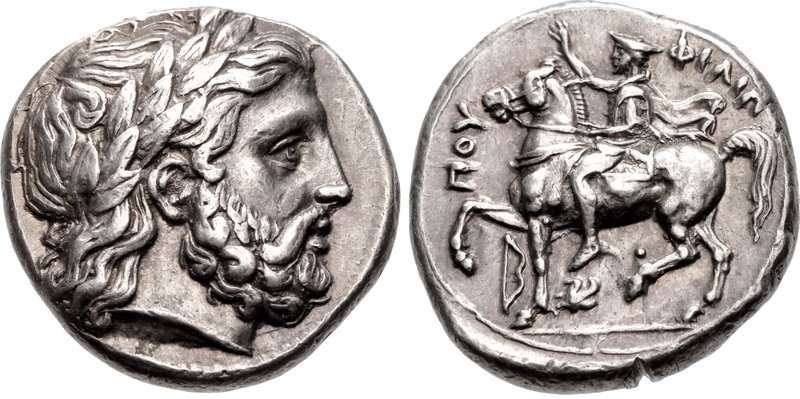
Alexander the Great and the end of Argead rule over Macedon
The most famous member of the Argead Dynasty was undoubtedly Alexander the Great. He was born in 356 BC to King Philip II of Macedon and Queen Olympias. Alexander’s reign marked the zenith of the Argead Dynasty and reshaped the course of history.
As the heir to the Macedonian throne, Alexander received an exceptional education under the tutelage of Aristotle. His early years instilled in him a love for learning, philosophy, and military strategy. In 336 BC, at the age of 20, Alexander ascended to the throne of Macedon following his father’s assassination.
Beginning with the Battle of Granicus in 334 BC, Alexander went on to defeat the formidable Persian Empire, led by King Darius III. He achieved subsequent victories at key battles such as Issus and Gaugamela. These victories led to the fall of the Persian Empire and made Alexander the ruler of an immense empire that stretched from Greece to India.
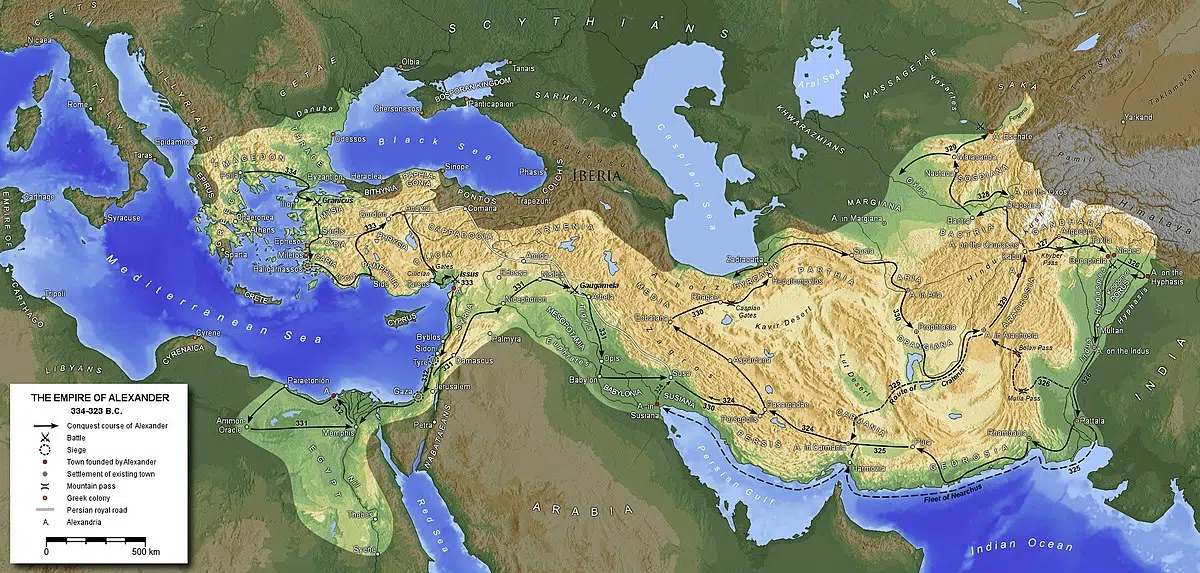
Alexander’s conquests not only extended the Macedonian Empire but also disseminated Hellenistic culture throughout the lands he conquered. He encouraged the blending of Greek and local cultures, resulting in the spread of Greek language, art, and architecture.
The end of Argead rule came abruptly after Alexander’s death in 323 BC. Without a clear heir, his empire was plunged into a period of chaos and strife known as the Wars of the Diadochi (Successors). His generals, or Diadochi, fought for control over his vast empire. Eventually, the empire was divided into several successor states, including the Seleucid Empire, the Ptolemaic Kingdom of Egypt, and Antigonid Macedon, marking the fragmentation of Alexander’s once-unified realm.
See all the latest news from Greece and the world at Greekreporter.com. Contact our newsroom to report an update or send your story, photos and videos. Follow GR on Google News and subscribe here to our daily email!



